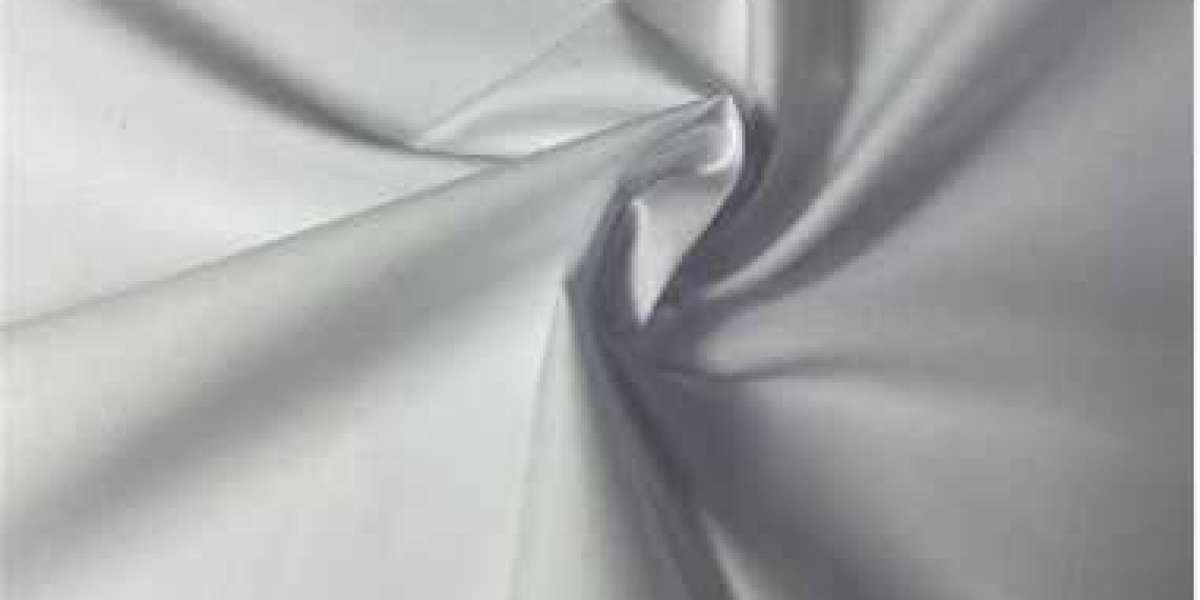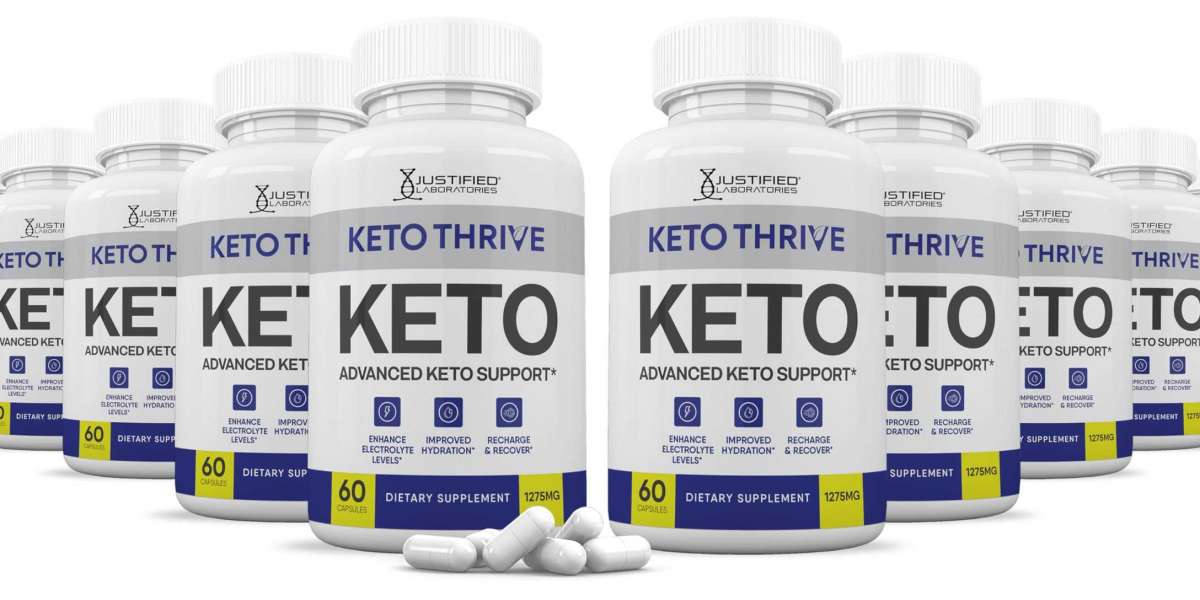Cotton Oxford cloth fabric is a versatile material that offers endless possibilities in various industries, from fashion to home décor. Its unique characteristics make it a popular choice for designers and creators looking for a durable and stylish fabric. In this article, we will delve into the world of cotton Oxford cloth fabric, understanding its characteristics, exploring its applications in the fashion industry, discovering how it can be utilized in home décor, and providing tips for working with this fabric.
Understanding the Characteristics of Cotton Oxford Cloth Fabric
Cotton Oxford cloth fabric is known for its distinctive basketweave pattern, which gives it a textured and durable quality. It is made from 100% cotton, making it breathable and comfortable to wear. The fabric is typically medium to heavyweight, making it suitable for a wide range of applications. Its tight weave structure gives it strength and durability, ensuring that it can withstand regular use and washing.
The fabric's breathability makes it an excellent choice for clothing items, especially in warmer climates. It allows air to circulate, keeping the wearer cool and comfortable. Additionally, cotton Oxford cloth fabric has excellent moisture-wicking properties, making it ideal for shirts and other garments that need to absorb and release moisture.
Applications in the Fashion Industry
Cotton Oxford cloth fabric has long been a staple in the fashion industry. Its versatility and durability make it suitable for a wide range of clothing items. One of the most popular applications of this fabric is in the production of shirts. Oxford cloth shirts are known for their casual yet refined look, making them a wardrobe essential for both men and women. The fabric's textured appearance adds visual interest to the garment, while its breathability ensures comfort throughout the day.
Apart from shirts, cotton Oxford cloth fabric is also used in the production of other clothing items such as dresses, skirts, and pants. Its durability and ability to hold its shape make it a reliable choice for these garments. Additionally, the fabric's versatility allows for various finishes and treatments, such as garment dyeing or printing, further expanding its design possibilities.
Utilizing Cotton Oxford Cloth Fabric in Home Decor
The applications of cotton Oxford cloth fabric are not limited to the fashion industry. Its durability and aesthetic appeal make it an excellent choice for home décor as well. One of the most common uses of this fabric in home décor is for upholstery. Whether it's for sofas, chairs, or cushions, cotton Oxford cloth fabric adds a touch of sophistication and durability to any piece of furniture. Its textured appearance can complement both modern and traditional interior styles.
Furthermore, cotton Oxford cloth fabric can be used for curtains and drapes. Its weight and structure allow for beautiful draping, adding an elegant touch to any room. The fabric's breathability also helps regulate temperature and light, making it a practical choice for window treatments.
Creative Projects with Cotton Oxford Cloth Fabric
Apart from its traditional applications, cotton Oxford cloth fabric can be used in various creative projects. Its versatility allows for experimentation and innovation. Here are a few ideas to inspire your next project:
Tote bags: Cotton Oxford cloth fabric's durability makes it an excellent choice for tote bags. Its texture adds visual interest, while its strength ensures that the bag can carry heavy items.
Aprons: Whether for cooking or crafting, cotton Oxford cloth fabric can be used to create stylish and functional aprons. Its breathability and durability make it a practical choice for this purpose.
Placemats and napkins: Elevate your dining experience by creating placemats and napkins using cotton Oxford cloth fabric. Its texture adds a touch of elegance to any table setting.
Pillow covers: Update your home décor by creating pillow covers using cotton Oxford cloth fabric. Its durability ensures that the covers can withstand regular use and washing.
Tips for Working with Cotton Oxford Cloth Fabric
Working with cotton Oxford cloth fabric requires some considerations to ensure the best results. Here are a few tips to keep in mind:
Pre-wash the fabric: Cotton Oxford cloth fabric may shrink after the first wash. To prevent any issues with sizing, it is recommended to pre-wash the fabric before starting your project.
Use the right needle and thread: Due to its medium to heavyweight nature, cotton Oxford cloth fabric requires a sturdy needle, such as a denim needle, to sew through multiple layers. Additionally, using a strong thread, such as polyester or cotton-wrapped polyester, will ensure the durability of your stitches.
Pressing and ironing: Cotton Oxford cloth fabric responds well to pressing and ironing. Use a medium to high heat setting on your iron and press the fabric gently to avoid damaging the texture.
Finishing edges: Since cotton Oxford cloth fabric has a tendency to fray, it is essential to finish the edges of your project. Options for finishing edges include serging, using pinking shears, or folding and stitching a narrow hem.
Conclusion
Cotton Oxford cloth fabric offers endless possibilities in both the fashion industry and home décor. Its unique characteristics, such as its textured appearance, breathability, and durability, make it a versatile choice for a wide range of applications. Whether you're creating shirts, dresses, or home accessories, cotton Oxford cloth fabric is sure to add style and functionality to your projects. By understanding its characteristics and following the tips provided, you can confidently work with this fabric and explore its limitless potential.







